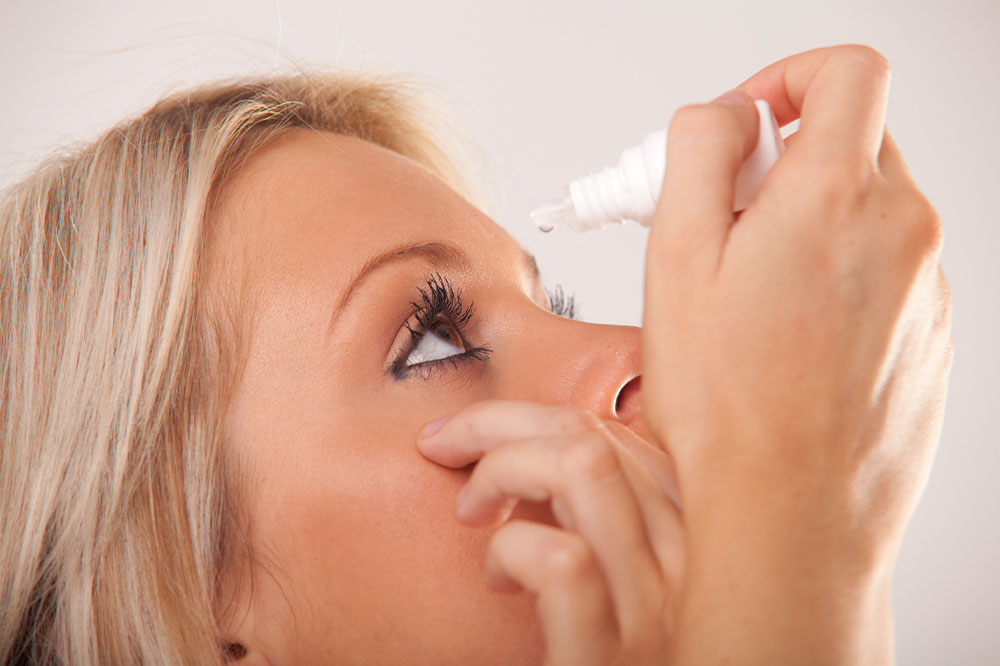
How to Treat Dry Eyes
Dry eye is a condition where the tear glands cannot produce the right amount of lubrication for the eye. They could also occur due to low-quality tears that are produced in the eye. Dry eyes can lead to other conditions such as redness, itchiness, and even discomfort. In this article, we shall focus on understanding the various methods that are available to treat dry eyes.
1. Prescribed medications
One of the most common ways of managing dry eyes is with the help of prescription medication. These medications are usually given based on the underlying cause. Some prescription medication helps to reduce inflammation in the eyelid, whereas others may focus on creating artificial tears. Typically there are five different types of dry eye prescription medication, they include:
- Medication to reduce eyelid inflammation
Inflammation in the eyelids can lessen the production of tears. Doctors prescribe antibiotics to tackle this inflammation. - Medication to control cornea inflammation
Inflammation in the cornea can also affect the production of tears and leave the eyes dry. Typical prescription medications include eyedrops with immune-suppressing medication. - Eye inserts
Eye inserts are grain-like substances that are placed between the lower eyelid and eyeball. They constantly dissolve to release lubrication into the eye. - Eyedrops made from the individual’s blood
Eyedrops made from the individual’s blood are known as autologous blood serum drops. They are used in very severe dry eye cases. They are also used as the last mode of treatment. - Tear-stimulating medications
Tear-stimulating medications are the most commonly prescribed medication for dry eyes. They are cholinergic and help increase tear production in the eye.
2. Over-the-counter medications
There are also a ton of over-the-counter medications that can be used to treat dry eyes. Over-the-counter medication is only suitable for mild to moderate cases, and they only work to provide lubrication. These include:
- Eye drops
Over-the-counter eye drops are available in two different forms. Preservative eye drops contain preservatives and can be used for a long period of time. They are more suitable for those who use eye drops less frequently throughout the day. Non-preservative eye drops are single-use eye drops that contain no preservatives. They can be safely used multiple times during the day. - Ointments
Ointments that lubricate the eye are also a common over-the-counter product that helps tackle dry eyes. These products are more effective and long-lasting compared to eyedrops but can compromise or cloud vision. Ointments are preferable for bedtime.
3. Natural remedies
There are also tons of home remedies that can be used to treat dry eyes. Common methods include:
- Warm compress
A warm compress can help open up clogged meibomian glands, which can help treat dry eyes. All you need to do is place a warm compress on your closed eyelids for more than 10 minutes twice a day. - Blinking more often
Studies suggest that people have lower blinking rates when they are using a computer or smartphone. This can only worsen the symptoms of dry eyes. To way to tackle this is to consciously blink more when using these devices.
